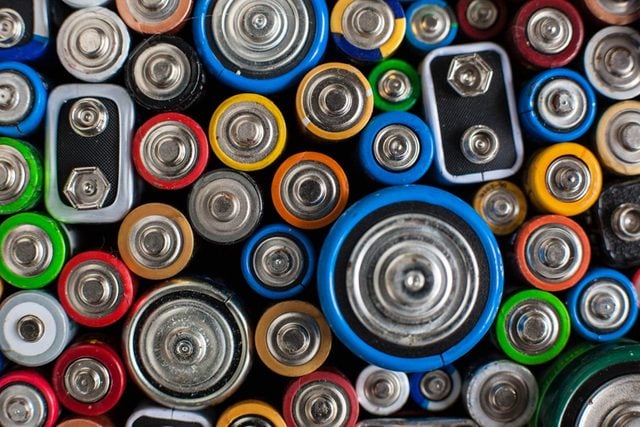The most common batteries you will encounter are AA, AAA, C, and D. But what happened to the B battery?
This Is Why You Never See B Batteries
 It’s hard to forget the classifications of the more common batteries—they basically all use the letter A, C, and D. But what about B batteries? Did they ever exist? If they did, why aren’t they commercially available anymore?
It’s hard to forget the classifications of the more common batteries—they basically all use the letter A, C, and D. But what about B batteries? Did they ever exist? If they did, why aren’t they commercially available anymore?
According to Mental Floss, they did and do still exist, and they are, in fact, commercially available—just not in the U.S. B batteries, much like single A batteries, just stop being needed. In 1924, the naming system became standardized to keep things uniform as technology continued to flourish. The system used to be based on numbers, and when the alphabetic system was adopted, there was one straggler from the old system in the form of the No. 6 battery. In the new system, as the alphabet progressed, the batteries would periodically get larger and larger. (Here are 11 phone battery myths you need to stop believing.)
So, at one point, the now largely-out-of-use A batteries were the smallest available. AA and AAA were added to the system to denote the two newer battery sizes that were smaller than the A. (Although, this technically throws the alphabetical order out of whack, as “A” is still ahead of “AA” and “AAA” in an alphabetized list.)
B batteries, and A batteries, for that matter, stopped having a lot of practical uses, so they largely went out of vogue. AA and AAA are of great use in smaller, everyday electronics (remote controls, electric razors, etc.), while C and D batteries worked in devices with higher energy demands (remember boomboxes?) A batteries, for a while, were used in early model laptops, and B batteries are still used in Europe for certain flashlights and lanterns. (Speaking of alphabetically based systems, this is the reason why you never got an “E” on your report card.)
[Source: Mental Floss]



















